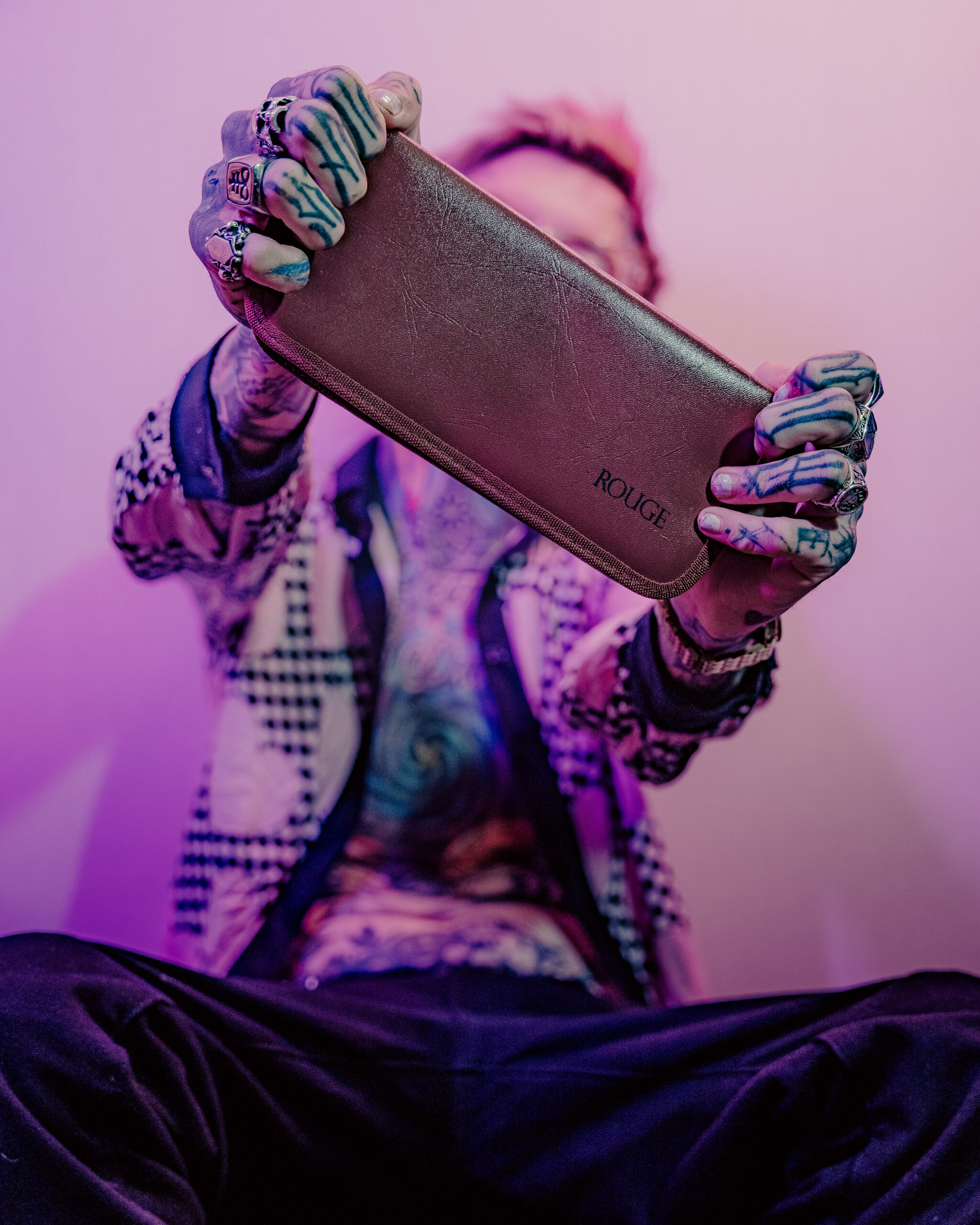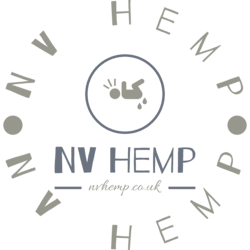Beyond the Binary: Embracing Spectrum
Modern dating landscapes are evolving, embracing a wider spectrum of identities beyond the traditional binary of male and female. This shift reflects a growing understanding that gender identity and sexual orientation exist on continua rather than fixed points.
Individuals now have more opportunities to define themselves authentically, expressing their gender and desires in ways that resonate with them personally. This fluidity challenges conventional dating norms, leading to new possibilities for connection and intimacy.
Navigating this evolving landscape requires open communication, empathy, and a willingness to learn. It’s essential to respect individual self-identification and create spaces where everyone feels comfortable exploring their identities and relationships without judgment.
Navigating Polyamory and Open Relationships
Polyamory and open relationships are gaining visibility in modern dating, offering alternative models of intimacy beyond monogamy. These relationship structures involve consensually having multiple romantic or sexual partners.
Navigating polyamory requires clear communication, honesty, and established boundaries to ensure all individuals feel respected and secure. It involves managing time, emotions, and potential jealousy while fostering healthy and fulfilling connections with multiple partners.
Open relationships, on the other hand, may involve varying degrees of exclusivity within a primary relationship, allowing for consensual exploration outside the core partnership.
Understanding individual needs and desires is crucial in both polyamory and open relationships. It’s essential to have ongoing conversations about expectations, boundaries, and communication styles to ensure everyone feels comfortable and supported.

Communication and Consent in Diverse Settings
In diverse dating settings, clear and respectful communication is paramount. Individuals should feel empowered to express their gender identities and sexual orientations openly and honestly.
Consent is fundamental in all interactions, particularly in situations involving multiple partners or non-monogamous relationships. Establishing clear boundaries, expectations, and communication protocols is crucial for fostering safe and fulfilling connections.
Empathy and understanding are essential for navigating the complexities of diverse dating landscapes. Being open to learning about different perspectives and experiences can create more inclusive and respectful environments.
Intersectionality and Multiple Marginalizations
Modern dating landscapes are becoming increasingly complex as individuals explore a wider range of identities and relationship models. Intersectionality, the interconnected nature of various social categories like gender, sexuality, race, and class, plays a crucial role in shaping these experiences.
- Gender identity and sexual orientation intersect in multifaceted ways, influencing dating preferences, experiences, and challenges.
- Individuals who identify as transgender or non-binary may face unique barriers in dating, including stigma, prejudice, and a lack of understanding from potential partners.
- Lesbian, gay, bisexual, and queer (LGBTQ+) individuals may encounter discrimination or societal pressures that impact their dating lives.

Understanding these intersections is essential for fostering inclusive and equitable dating environments. Open communication, empathy, and a willingness to learn about diverse experiences are crucial for navigating the complexities of modern dating.
Cultural Expectations and Societal Pressures
Cultural expectations and societal pressures significantly influence how individuals approach and navigate dating. Traditional norms often dictate gender roles, relationship structures, and acceptable behaviors within romantic pursuits.
These expectations can create pressure to conform to predetermined patterns, limiting choices and potentially leading to feelings of inadequacy or anxiety.
For instance, societal pressures may encourage women to prioritize finding a husband and settling down, while men are expected to be assertive and pursue romantic partners actively.
These norms can be particularly restrictive for individuals who identify outside the traditional gender binary or whose sexual orientations deviate from heteronormative expectations.
Breaking free from these constricting societal pressures requires self-awareness, introspection, and a willingness to challenge conventional beliefs.
Embracing authenticity and prioritizing individual values over external pressures can lead to more fulfilling and meaningful dating experiences.
Creating Inclusive Dating Spaces and Communities
Modern dating landscapes are evolving, embracing a wider spectrum of identities beyond the traditional binary of male and female. This shift reflects a growing understanding that gender identity and sexual orientation exist on continua rather than fixed points.
Individuals now have more opportunities to define themselves authentically, expressing their gender and desires in ways that resonate with them personally. This fluidity challenges conventional dating norms, leading to new possibilities for connection and intimacy.
Navigating this evolving landscape requires open communication, empathy, and a willingness to learn. It’s essential to respect individual self-identification and create spaces where everyone feels comfortable exploring their identities and relationships without judgment.
- Gender identity and sexual orientation intersect in multifaceted ways, influencing dating preferences, experiences, and challenges.
- Individuals who identify as transgender or non-binary may face unique barriers in dating, including stigma, prejudice, and a lack of understanding from potential partners.
- Lesbian, gay, bisexual, and queer (LGBTQ+) individuals may encounter discrimination or societal pressures that impact their dating lives.
Understanding these intersections is essential for fostering inclusive and equitable dating environments. Open communication, empathy, and a willingness to learn about diverse experiences are crucial for navigating the complexities of modern dating.
Cultural expectations and societal pressures significantly influence how individuals approach and navigate dating. Traditional norms often dictate gender roles, relationship structures, and acceptable behaviors within romantic pursuits.
These expectations can create pressure to conform to predetermined patterns, limiting choices and potentially leading to feelings of inadequacy or anxiety.
For instance, societal pressures may encourage women to prioritize finding a husband and settling down, while men are expected to be assertive and pursue romantic partners actively.
These norms can be particularly restrictive for individuals who identify outside the traditional gender binary or whose sexual orientations deviate from heteronormative expectations.
Breaking free from these constricting societal pressures requires self-awareness, introspection, and a willingness to challenge conventional beliefs.
Embracing authenticity and prioritizing individual values over external pressures can lead to more fulfilling and meaningful dating experiences.
pussy pump
Aron Marquez
My Private Goods
- Traptox Aka Trapezius Botox Treatment Near Banstead, Surrey - May 23, 2025
- How To Use CBD Gummies For Pain And Inflammation Relief - May 23, 2025
- THC Beverages With Vitamins And Nutrients - May 22, 2025
